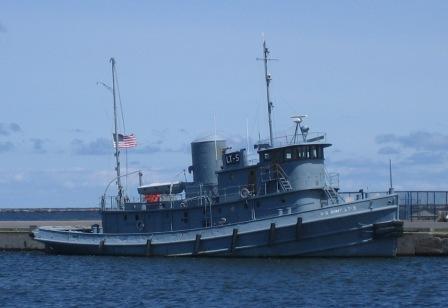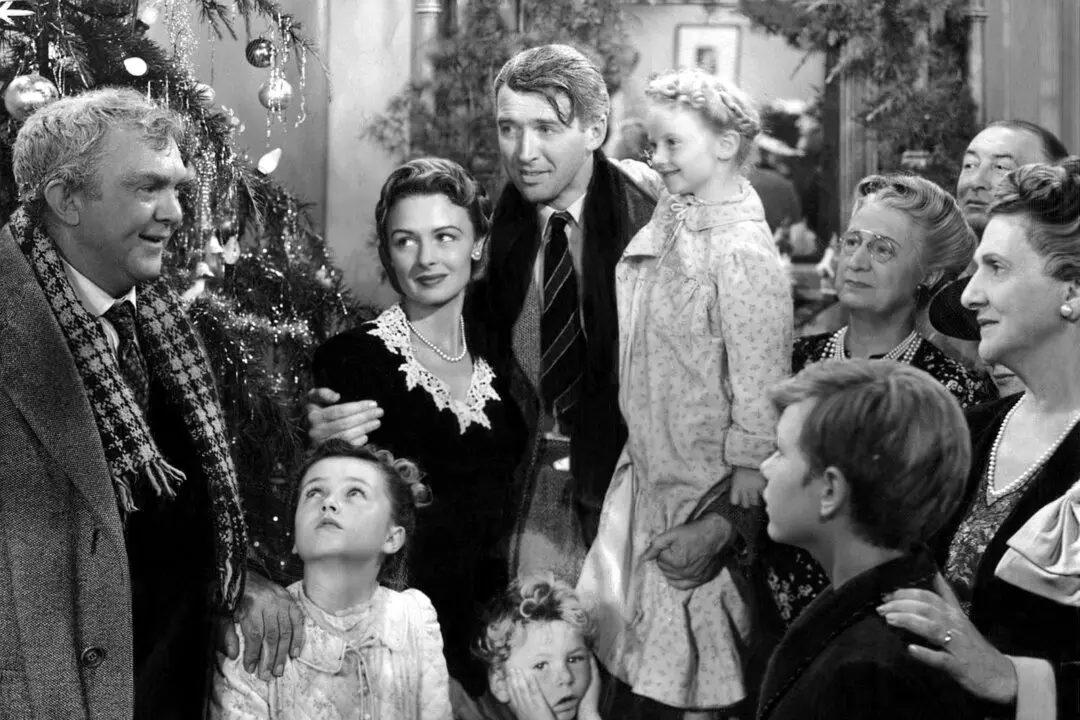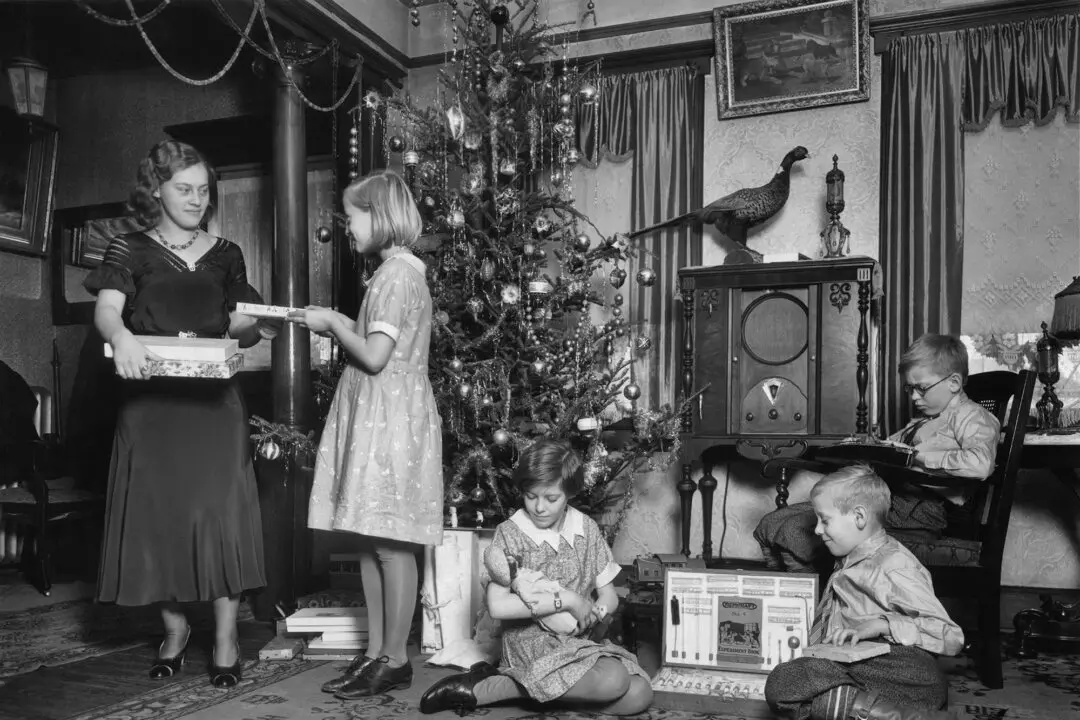As the orange rays from Lake Ontario’s setting sun filter through the glass windows of the tugboat’s elevated steel pilothouse, one can almost see her crew. Their faces, slightly blurred by time, are still fixed in anxious rigidity. As they pass around the binoculars, each man leans forward slightly, in a vain attempt to magnify the view. One is biting his lip while another holds his mouth agape in dazed amazement, scanning the beaches dead ahead. Their hearts are pounding; the confluence of fear and courage are palpable.
Unfortunately, their story stops there. That unknown crew sailed into the fog bank of history after participating in one of the most momentous events of the modern world: the D-Day invasion.






